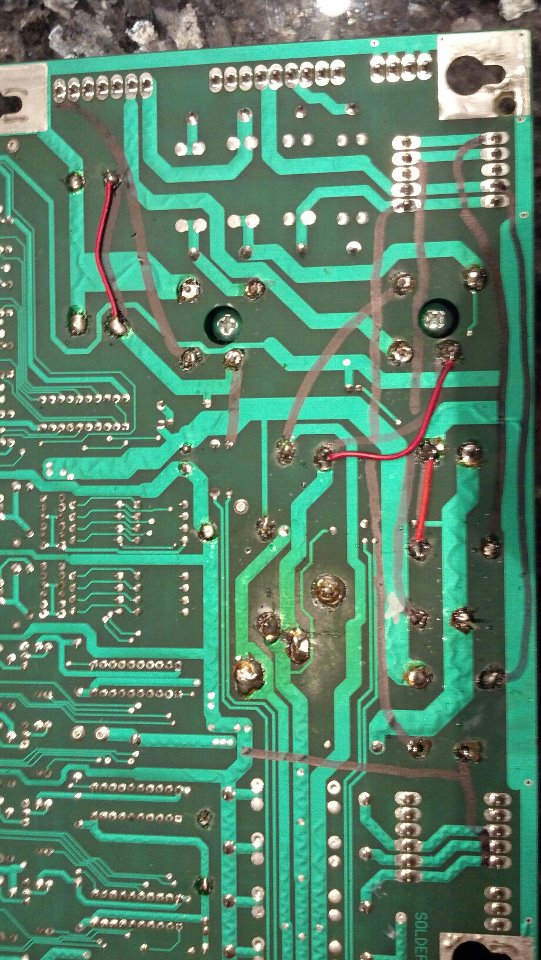I occasionally like to refer back to this reference I made awhile back and I don’t think I had it posted on my site, but when working on WPC driver boards, it’s very easy to damage traces that connect opposites sides of the circuit board. Here’s a handy diagram of those traces and recommended jumpers to make the board more reliable.

When diagnosing power problems on the WPC driver board, it’s a good idea to check for continuity between these marked traces. This can indicate a blown thru-hole.












